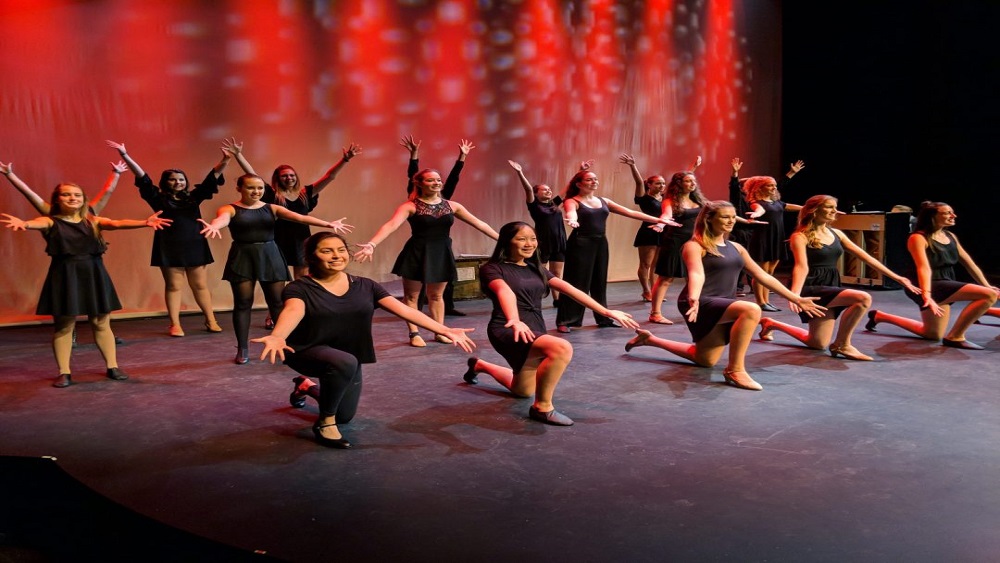

For your convenience and safety, we’re moving away from paper tickets. Your phone is now your ticket!

Check out all the upcoming programs and classes we have to offer.
Shea’s Performing Arts Center (Shea's PAC) is a campus of three theaters in downtown Buffalo comprised of Shea’s Smith Theatre, Shea’s 710 Theatre, and the historic crown jewel, Shea’s Buffalo Theatre. These venues boast varying styles of performing arts, but all are sure to please the audiences that attend. From touring Broadway to International collaborations and local rentals, Shea's PAC helps enrich the Buffalo Theatre District and supports Main Street's downtown business renaissance.
Shea’s Buffalo Theatre, the historic crown jewel of Shea's PAC, opened in 1926 under the moniker of “The Wonder Theatre”. Originally serving as a movie house under Paramount Pictures with “an acre of seats”, it would later stage vaudeville shows and play host to the likes of the Marx Brothers, Frank Sinatra, George Burns, Bob Hope and more.
Learn MoreOnce Laube’s Old Spain, now a 237 seat “black box” theatre, Shea’s Smith Theatre has played host to Off-Broadway productions, comedy, and collaborative productions with local theatre companies since 2000. Somewhat of a chameleon space, it also offers ample room for events and special occasions with the adjoining Shea's Bistro & Bar.
Learn MoreShea’s 710 Theatre is the latest space to be added to the Shea's PAC campus. Housing 625 seats and offering Broadway productions and plays produced by local and international theatre companies, it is considered a “thrust stage”, where the stage projects into the auditorium and audiences can sit on three sides.
Learn MoreEnhance your theatre experience at Shea’s with the ultimate welcome message in Shea’s Main Street Marquee! You choose the performance (limit of five per season, per household) and it will be on rotation for two hours before and an hour after the show! A once-in-a-lifetime photo opportunity that you can share with family and friends, use on social media, or turn into a holiday card! The possibilities are endless.
See Your Name in Lights